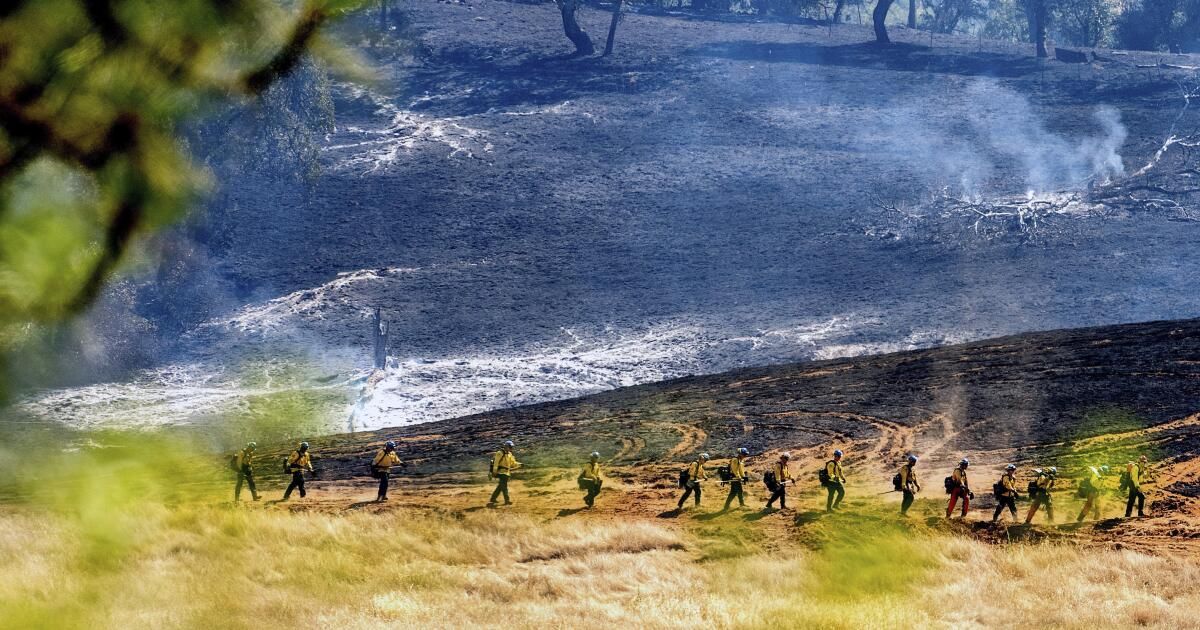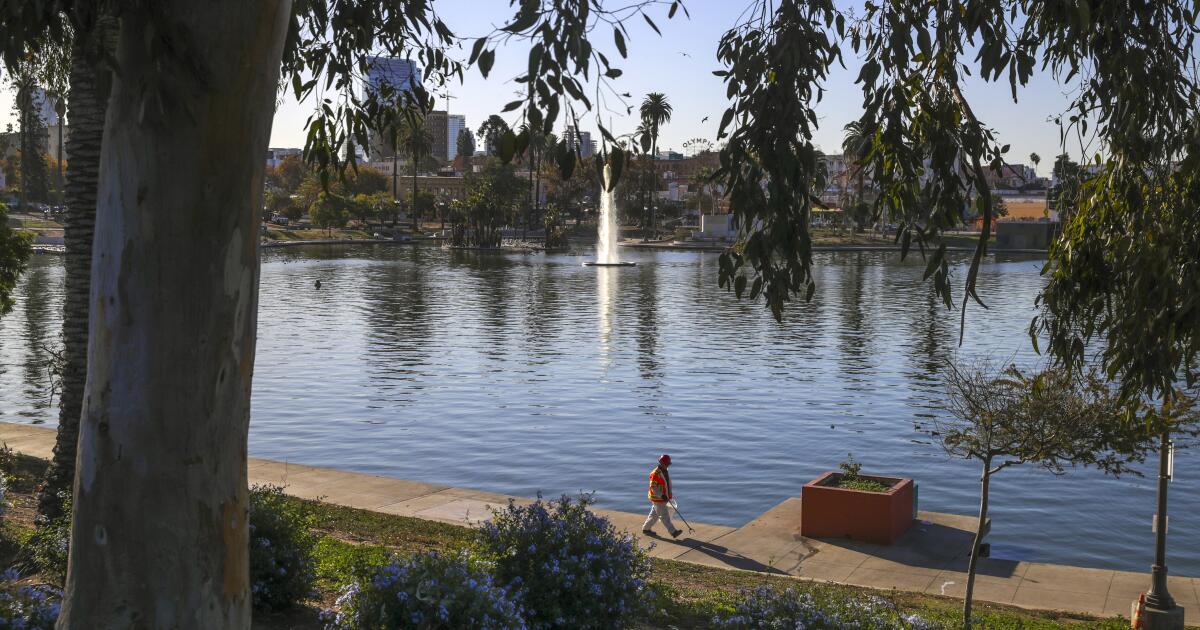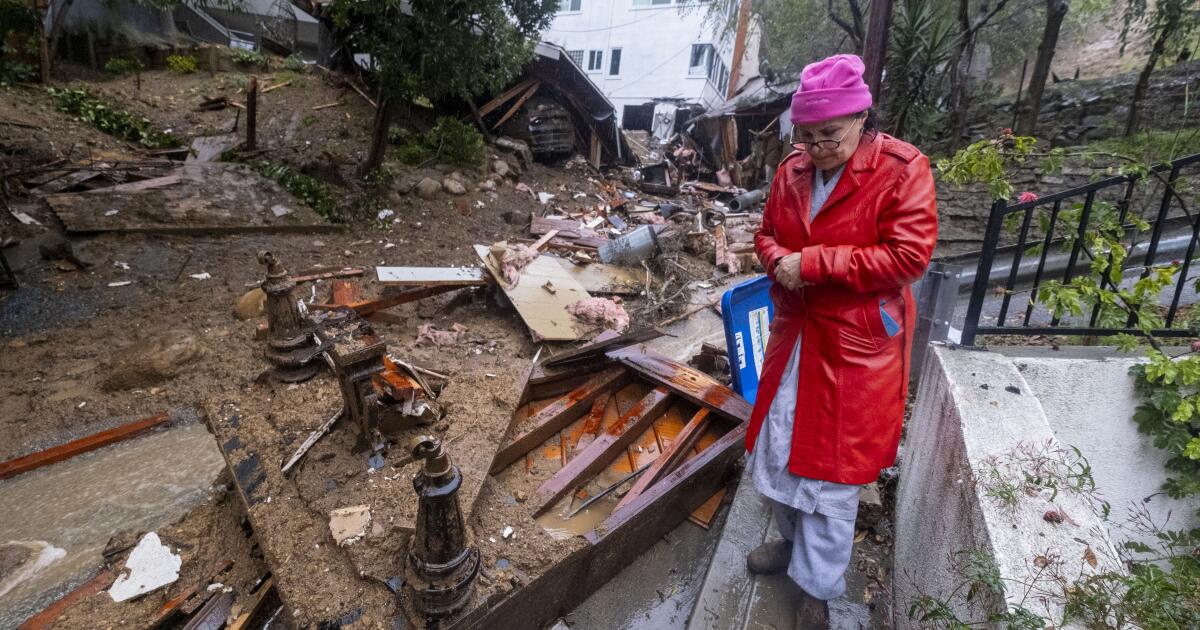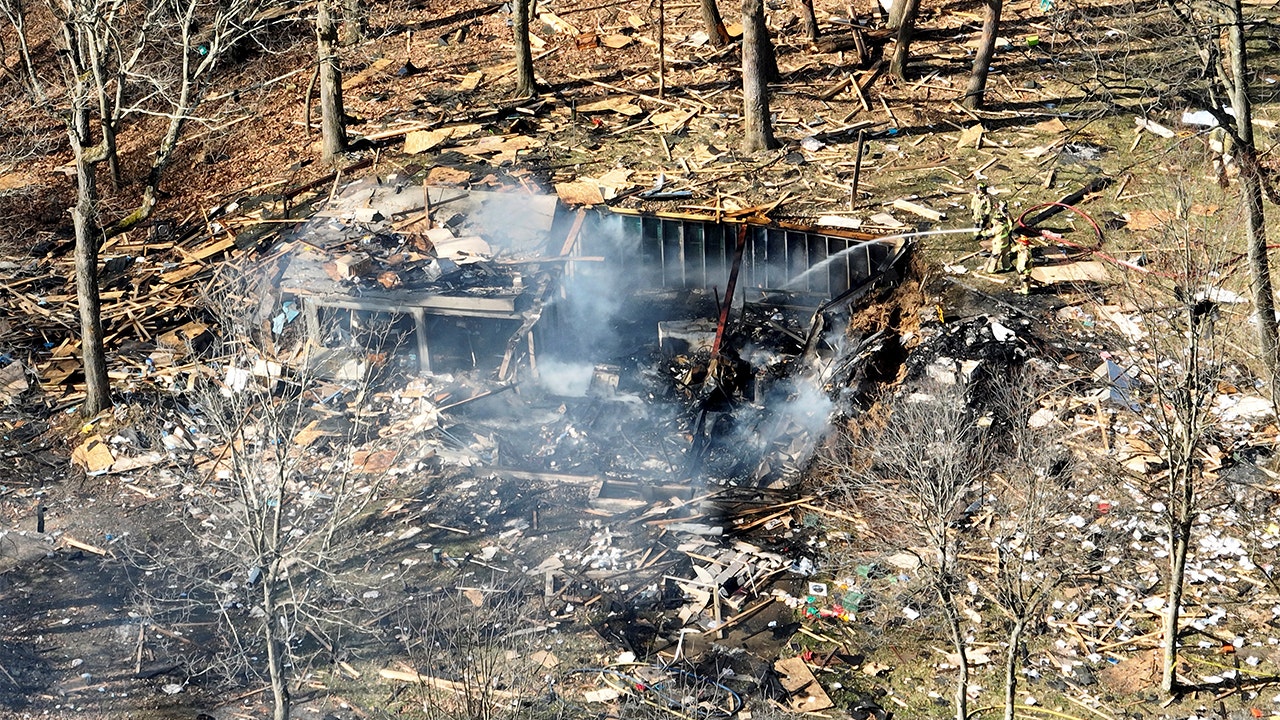A dangerous heat wave sweeping through California fueled new fires in the state this week, with Palm Springs recording a record high temperature of 124 degrees.
Meteorologists say Palm Springs temperatures surpassed the previous high of 123 degrees recorded in 2021, 1995 and 1993. Scorching temperatures roasted communities across California, with more extreme heat expected over the next week.
Amid scorching temperatures, a series of wildfires broke out Friday, though firefighters gained some control over one that started on July 4 and was threatening the town of Mariposa outside Yosemite National Park.
The French Fire started near French Camp Road on Highway 49 just northwest of Mariposa after 6:30 p.m. Thursday and had grown to 908 acres by Friday night, prompting mandatory evacuations for about 300 residents and the closure of State Route 140 leading to Yosemite. By late Friday, the highway had reopened and some of the evacuation orders had been lifted.
Strong winds, triple-digit heat and unusually warm nighttime temperatures are creating conditions that experts say are setting much of the state's landscape up for burning.
“These conditions are so hot that anything that can create a spark can start a fire that can grow very quickly,” said Ryan Kittell, a meteorologist with the National Weather Service in Oxnard.
Dense vegetation, low humidity and strong winds helped the French Fire spread rapidly overnight Thursday, said Jamie Williams, a spokeswoman for the California Department of Forestry and Fire Protection, advancing across a mountain east of the community of Mariposa.
Flames from the French wildfire burn on a hillside above Mariposa on Friday.
(Noah Berger/Associated Press)
But bulldozers and firefighters built a fire line around the east side of Mariposa, giving firefighters some room to control the flames. The efforts kept the fire from spreading into the city, Williams said.
“The weather is still very hot and dry, but the winds are much calmer than before,” Williams said Friday night. “I think they are making good progress.”
By Friday afternoon, the fire was 20% contained. Four buildings had been destroyed and three people were injured.
On Friday morning, Gov. Gavin Newsom announced that his office had secured a Fire Management Assistance Grant from the Federal Emergency Management Agency, which provides reimbursement for 75% of firefighting costs. A similar grant was also secured for the 3,789-acre Thompson Fire in Butte County earlier in the week. That fire started in Oroville on Tuesday and was 55% contained as of Friday evening, Cal Fire said.
Heading into the weekend, the National Weather Service predicts it could reach 110 degrees in Mariposa on Saturday and 109 on Sunday, all while nighttime temperatures never dip below the 70s at night, giving the landscape virtually no ability to regain the moisture that would make it harder to burn.
The story is the same across much of California, where spring heat domes burned off moisture and set the stage for the current wave of fires. The largest of these is the Basin Fire in Fresno County, which began June 26. The blaze burned 14,027 acres and was 46% contained as of Friday.
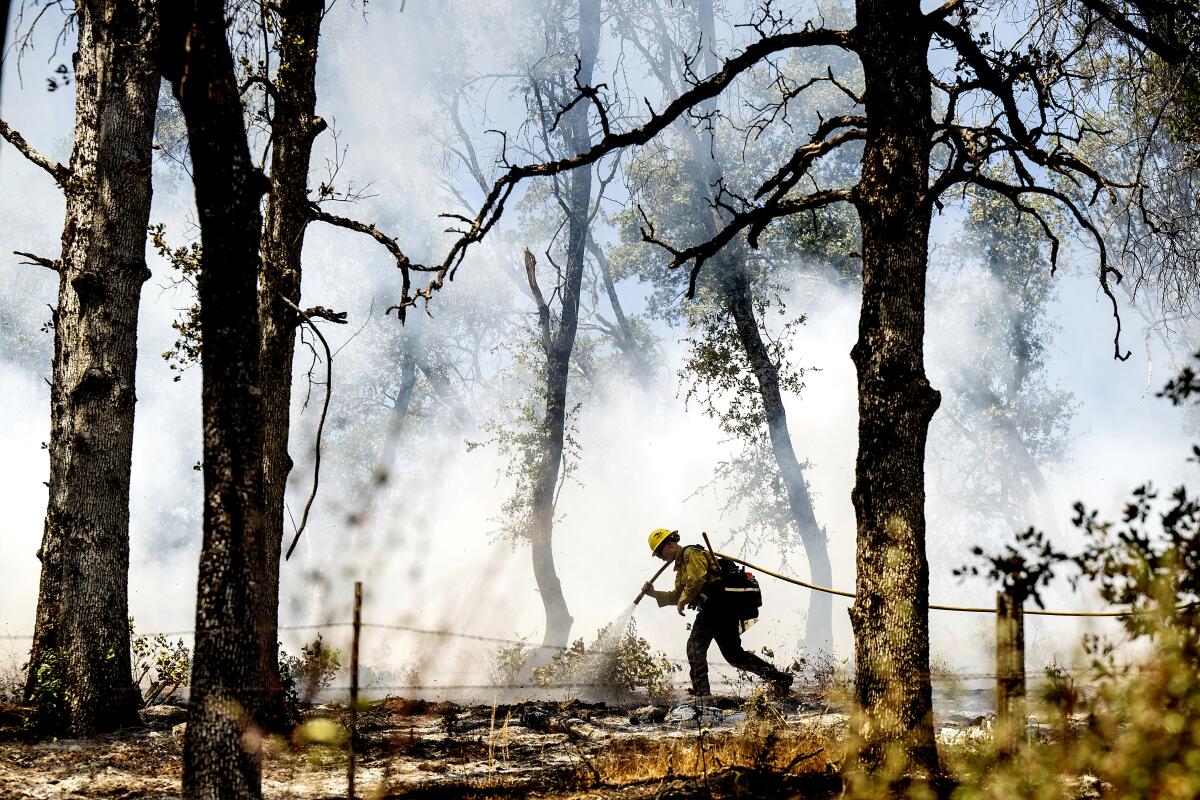
A firefighter extinguishes hot spots while battling the French blaze on Friday.
(Noah Berger/Associated Press)
By mid-afternoon Friday, the Santa Barbara County Fire Department and the U.S. Forest Service responded to the Lake Fire, which started near Zaca Lake and quickly grew to encompass 500 acres. An evacuation warning has been issued for areas of Figueroa Mountain Road from the forest station to Chamberlin Ranch, officials said.
Around the same time, the Hills Fire erupted in vegetation in unincorporated Riverside County. Cal Fire sent a helicopter to assist with the response. The fire was at 70 acres when firefighters stopped its advance. Containment had reached 50% by Friday night, and evacuations that had been ordered for a small area near the fire were lifted.
A third fire, dubbed the Plenty fire, broke out in the Santa Clarita area and grew to 76 acres. As of 6:30 p.m., crews had contained the blaze, according to the Los Angeles County Fire Department. Six firefighters battling the blaze were treated for mild to moderate heat-related illnesses.
While California is no stranger to fires and heat, what's unusual about this time of year is what experts say.
“Normally, we get these temperatures more as August progresses,” Kittell said. “But even if this were August, it would still be in the upper range of hot conditions. We’re talking about some of the inland areas, like the deserts, that are [likely] breaking all-time temperature records, regardless of the day and month.”
The heat is expected to peak Friday and Saturday in Southern California, Kittell said, until the northerly wind begins to shift to a more offshore wind on Sunday, bringing a slight cooling off the ocean.
This means that outdoor activities over the holiday weekend could prove exhausting.
“Maybe a walk on the beach, instead of a strenuous hike in the mountains,” he said.
The Inland Empire will also experience extreme heat, with highs in the triple digits this weekend.
In the Antelope Valley, Palmdale and Lancaster could break their respective heat records of 113 and 115 degrees on Saturday, when both are forecast to reach 116 degrees. Palmdale Airport already broke a record this week when it hit 110 degrees on Thursday, surpassing its previous record set in 1973, the weather service said.
In Saugus, the heat reached a scorching 118 degrees on Friday, the highest temperature in the area, according to the National Weather Service in Los Angeles.
In Los Angeles, the city opened four additional “surge” cooling centers in anticipation of high temperatures. Officials said the locations were meant to assist the other cooling centers across the county, including libraries and recreation centers, with extended hours.
Those heading to the beach to cool off should take extra precautions as strong ocean currents are expected to create waves of 3 to 6 feet, as well as rip currents and powerful waves on the shoreline.
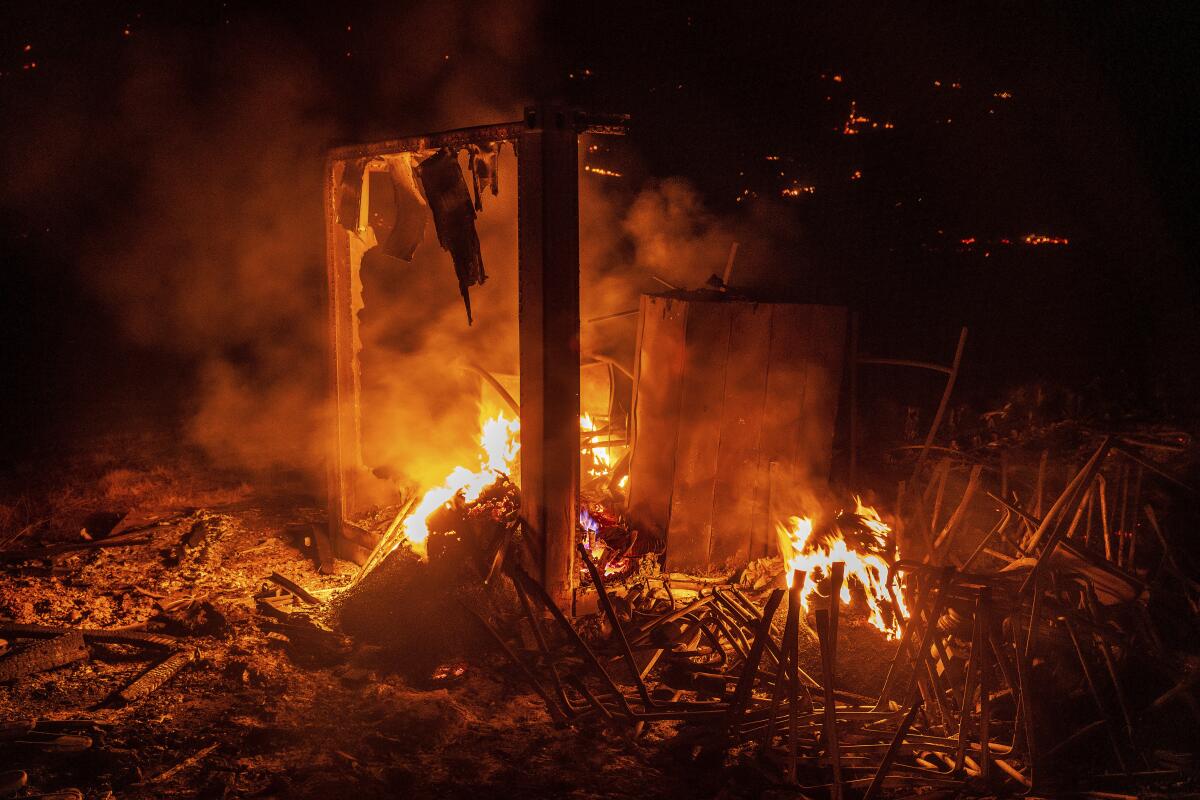
Flames from the French Fire consume a storage area at an athletic field in Mariposa.
(Noah Berger/Associated Press)
The heat is expected to linger longer in the northern part of the state and the heat advisory will last through Tuesday, said Dakari Anderson, a meteorologist with the National Weather Service in Sacramento.
Temperatures in the region are expected to remain between 95 and 110 degrees, he said, and he said the rest of the week will likely remain hot as well.
Red Bluff broke a daily record on Thursday, Anderson said, at 107 degrees, and the rest of the region will remain unusually hot for this time of year.
“We don't normally see heat of this magnitude in July,” he said, adding that by the end of next week, several areas will likely have broken records for consecutive days with temperatures over 100 degrees, and perhaps exceeding 105 degrees in some areas.
This week, Newsom directed the Office of Emergency Services to activate the State Operations Center in response to excessive heat warnings affecting much of the state. A list of county cooling centers is available online.

